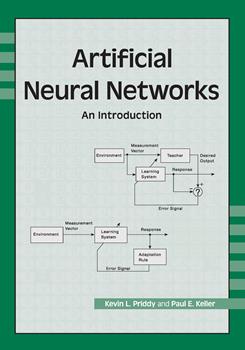
Senior Research Scientist with 20+ years experience in three overlapping areas: optics, imaging science, and data analysis as applied to projects spanning non-proliferation, security, defense, medicine, environmental sensing, telecommunications, and energy distribution for a wide range of government and commercial clients.
Specialties
• Optics: System Modeling, Optical Signal Processing, Physical Optics, Photonics, Holography, Imaging Systems
• Imaging Science: Image Formation, Image Reconstruction, Image Processing, Machine Vision, Multimodality Fusion, Image & Video Analytics (millimeter wave [active and passive], THz, IR, visible, UV, X-ray, Gamma Ray, MRI, Ultrasound)
• Data Analysis: Machine Learning, Neural Networks, Information Physics, Signal Processing, Pattern Recognition, Statistics
Specialties
• Optics: System Modeling, Optical Signal Processing, Physical Optics, Photonics, Holography, Imaging Systems
• Imaging Science: Image Formation, Image Reconstruction, Image Processing, Machine Vision, Multimodality Fusion, Image & Video Analytics (millimeter wave [active and passive], THz, IR, visible, UV, X-ray, Gamma Ray, MRI, Ultrasound)
• Data Analysis: Machine Learning, Neural Networks, Information Physics, Signal Processing, Pattern Recognition, Statistics
View contact details


